 Oceans cover more than 70 percent of the planet’s surface, yet only 5 percent of the world’s oceans have been explored. They are some of the most productive ecosystems on the planet, supporting human survival and quality of life for billions.
Oceans cover more than 70 percent of the planet’s surface, yet only 5 percent of the world’s oceans have been explored. They are some of the most productive ecosystems on the planet, supporting human survival and quality of life for billions.
Fish are a main food source for one billion people in developing countries who depend on seafood for their primary source of protein. Mangroves act as a natural barrier against storms and flooding, a growing concern due to the impact of climate change. Seagrass beds help to regulate climate change by removing carbon dioxide from the atmosphere, up to twice as much as the world’s temperate and tropical forests.
According to the World Wide Fund for Nature (WWF), overall, coastal and oceanic environments are valued conservatively at US$2.5 trillion annually.
Our ever-expanding technological capabilities are opening up the oceans as a new next frontier for development and industry for fisheries and aquaculture; tourism and recreation; energy from offshore oil, wind and waves; pharmaceutical and other biotechnology products; and trade through shipping and ports; to name just a few industries. Consider that, already, 90 percent of global trade moves by marine transportation, over 30 percent of oil and gas production is from offshore sites, worldwide revenue from seafood amounts to more than US$190 billion and marine and coastal tourism generate US$161 billion annually.
In the Asia-Pacific Economic Cooperation (APEC), our ocean and seas loom large, too, for our economies. As the 21-member economies tackle inclusive development, as its leaders are doing now as they meet here in Manila this week, the imperatives of sustainable development and environmental protection must be priorities for governments, private sectors, and local communities.
The seas of East Asia are particularly important.
Reefs and megacities
Covering an area of 7 million km2 and spanning 235,000 km of coastline, these seas are home to 9 of the world’s megacities (with population more than 10 million), along with another dozen cities of more than 5 million residents. The region is home to over one third of all coral reefs and mangroves and the highest levels of biodiversity for coral reef fish, mollusks, mangroves and seagrass species. Marine and coastal industries including fishing, ports and shipping and coastal tourism comprise 15 to 20 percent of the GDP in some East Asian countries.
But global megatrends like population growth, migration to coastal cities, climate change and pressure from demands for land, water, food and energy are further complicating our already complex relationship with the sea. It’s clear that our current use of coastal and marine resources is outstripping their ability to sustainably support our needs, and we’re seeing an overall decline in ocean health at alarming rates.
According to the United Nations, 88 percent of coral reefs in Southeast Asia are under threat, while globally, 20 percent have already been lost. Mangrove forests have been reduced to 30 – 50 percent of their historical coverage. The Food and Agriculture Organization (FAO) of the United Nations reports that, as of 2011, 90 percent of global fish stocks were overfished or fully fished.
An estimated 8 million metric tons of plastic enters the ocean every year. Add to this list more frequent extreme weather events, rising sea levels, coastal erosion, saltwater intrusion into groundwater, chemical pollution, ocean acidification and the spread of marine invasive species, and it’s clear that coasts and oceans face an onslaught of interrelated threats.
These aren’t just environmental or social issues – companies are exposed to a number of operational, regulatory, reputational, market and financial risks related to proper management of these ecosystems.
Blue economy
According to research by McKinsey & Company, business value related to these risks could be as high as 25 to 70 percent of earnings. Unilever has said that climate change is already costing the company hundreds of millions of dollars every year. In early 2015, top insurance companies from around the world called on governments to step up efforts to build resilience against natural disasters, highlighting that average economic losses from disasters in the last decade amounted to around US$190 billion annually.
Good management of ecosystems, ocean or otherwise, isn’t just about avoiding risks, it is also about presenting opportunities. Research has shown that companies incorporating environmental and social sustainability considerations into their operations can realize a number of benefits, including lower costs, stronger relationships with communities and government, greater levels of innovation, enhanced reputation and access to new markets.
“Blue economy” has emerged as a popular term for this focus on coasts and oceans as a sustainable driver of economic growth in tandem with ecological health. The concept has struck a chord with a number of groups, including the United Nations Develoment Programme (UNDP), Asia-Pacific Economic Cooperation (APEC) and several governments in East Asia. The private sector is taking more of an interest in the potential for a blue economy, as evidenced by efforts by the Economist and others.
This week, a Manila-based international organization Partnerships in Environmental Management for the Seas of East Asia (PEMSEA) launches a report exploring the concept of blue economy and examining important trends, risks and opportunities across 9 key blue economy industries in the region.
The success of blue economy is predicated on having proper coastal governance in place, and it relies on effective coordination across industry and government on issues that cut across sectors and geographies. Integrated coastal management (ICM) is one proven approach to successfully coordinate various coastal and marine management efforts, addressing the governance of human activities affecting the sustainable use of coastal and marine resources.
Climate change has been front and center in the sustainable development agenda, and rightfully so given the magnitude, complexity and urgency of the challenge. But policymakers are increasingly realizing the similar seriousness of ocean health, and it’s finding its place as a top issue in the global policy discussion.
National strategy
More countries are developing national ocean policies to protect their coastal and marine ecosystems – 255 ICM-related policies were found in a survey conducted by PEMSEA across 12 countries in the East Asia alone. These policies seek to achieve a wide range of objectives including establishment of institutional mechanisms, promotion of science and technology and advocacy for new development paradigms such as coastal use zoning.
The Philippines, for instance, has adopted ICM as its national strategy to ensure the sustainable development of the country’s coastal and marine environment, and an ICM law was submitted for review by the Philippines Senate in early 2015.
With the launch of the new United Nations Sustainable Development Goals (SDGs) in September, which include a goal focused on conserving and sustainably using oceans, seas and marine resources, countries are plotting a course for sustainable development over the next 15 years.
At the Climate Change Conference in Paris later this month, our world leaders will come together to determine our collective fate on climate – and oceans figure to play a role. The Intergovernmental Oceanographic Commission (IOC-UNESCO) organized a full day dedicated to the ocean’s role in the climate system in the lead up to the climate negotiations. This week, PEMSEA launches an updated Sustainable Development Strategy for the Seas of East Asia (SDS-SEA), a regional marine strategy between 14 countries that considers the SDGs and includes a call for increased investments in coastal and marine sustainable development.
A significant need exists for private sector capital and expertise to scale up blue economy investments for the benefit of both communities and companies. While investors may not yet use the term “blue economy,” they are becoming increasingly interested in investment opportunities that build the long-term ecological, social and economic health of coastal and marine ecosystems and communities.
Overall, available funds for protecting and sustaining ecosystems and biodiversity remain small in comparison to the cost of protecting, restoring and sustaining these vital resources. By some estimates, the financing gap exceeds at least US$ 300 billion per year and may reach into the US$ trillions.
The track record for investment in coastal and marine conservation remains almost exclusively with development finance institutions. However, a handful of investment-related initiatives are looking to develop viable models that can generate financial return from improved coastal and marine ecosystem services.
Scaling up investments
To better understand the current state of investment in ICM, PEMSEA partnered with Shujog, a social enterprise and impact investing advisory firm, to develop a report assessing the current financial funding flows of an estimated US$ 10 billion to ICM-related sectors across the grants and investment capital spectrum in 8 countries in East Asia. The study identifies regional and country-level trends in ICM funding from bilateral and multilateral donors, foundations, development finance institutions, corporations, impact investments and commercial investors across ten related coastal and marine sectors.
This week at the East Asian Seas Congress 2015, being held in Danang, Vietnam, the region’s largest event focused on coasts and oceans, impact investors, development finance institutions, companies, government officials and other stakeholders will explore actions for scaling up investments in sustainable development of coastal and marine areas.
In the end, a healthy ocean is vital to the region’s economy.
As the coastal resources that industries depend on continue to decline, so too will the health of these industries. Transition to a blue economy is the best path forward to ensure the long-term sustainability of both ecosystems and the economy.
For companies, it means a different mindset towards managing business risks, improving decision making and generating new opportunities. For investors, blue economy represents an emerging asset class – one that certainly needs to develop, but also one where new opportunities are available.
Blue economy has, until now, remained mostly an idea. We hope that out of the important intergovernmental discussions happening in the late part of 2015 – in New York City, in Paris, in Danang and elsewhere – will emerge a practical path forward for engaging the full strength of the business and investor communities towards building a sustainable ocean-based blue economy. – Rappler.com
Dean Tony La Viña is the Co-Chair of the Partnership Council of PEMSEA while Ryan Whisnant currently leads its Professional Services unit.
 On Tuesday, November 17, an 11-year-old girl arrived at Bahay Tuluyan with shorts that had been ripped when she escaped “rescuers.” Another group of children on the street have taken to hiding in the crevice of a bridge 15 meters above the Pasig River. When attempts are made to “rescue” them, they jump into the river.
On Tuesday, November 17, an 11-year-old girl arrived at Bahay Tuluyan with shorts that had been ripped when she escaped “rescuers.” Another group of children on the street have taken to hiding in the crevice of a bridge 15 meters above the Pasig River. When attempts are made to “rescue” them, they jump into the river.
 I was a 1-year-old boy in Tawi-Tawi when the Autonomous Region in Muslim Mindanao (ARMM) was established 26 years ago, ending the Moro struggle waged by the Moro National Liberation Front (MNLF) through the signing of a peace agreement with the Philippine government.
I was a 1-year-old boy in Tawi-Tawi when the Autonomous Region in Muslim Mindanao (ARMM) was established 26 years ago, ending the Moro struggle waged by the Moro National Liberation Front (MNLF) through the signing of a peace agreement with the Philippine government.






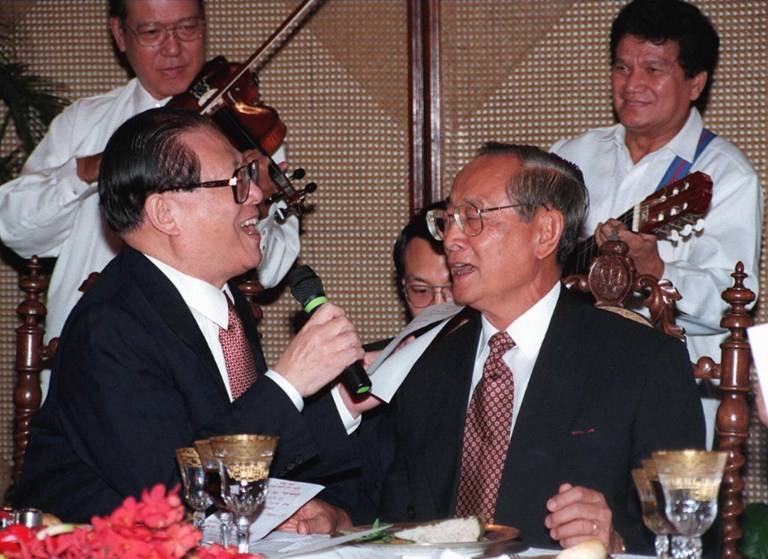

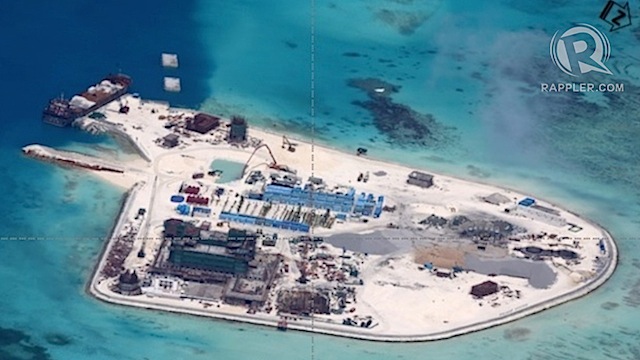


 This coming election, politicians will again promise to create jobs, fight poverty, improve education and health care, help OFWs, help small and medium enterprises, fight corruption, improve delivery of services, and pass the
This coming election, politicians will again promise to create jobs, fight poverty, improve education and health care, help OFWs, help small and medium enterprises, fight corruption, improve delivery of services, and pass the 


 Resilience will occupy a special place in the final text of the agreement in next month’s Conference of Parties (CoP21) under the United Nations Framework Convention on Climate Change (UNFCCC) in Paris.
Resilience will occupy a special place in the final text of the agreement in next month’s Conference of Parties (CoP21) under the United Nations Framework Convention on Climate Change (UNFCCC) in Paris. For the nearly 9 years that I have been Secretary-General, I have travelled the world to the frontlines of climate change, and I have spoken repeatedly with world leaders, business people and citizens about the need for an urgent global response.
For the nearly 9 years that I have been Secretary-General, I have travelled the world to the frontlines of climate change, and I have spoken repeatedly with world leaders, business people and citizens about the need for an urgent global response.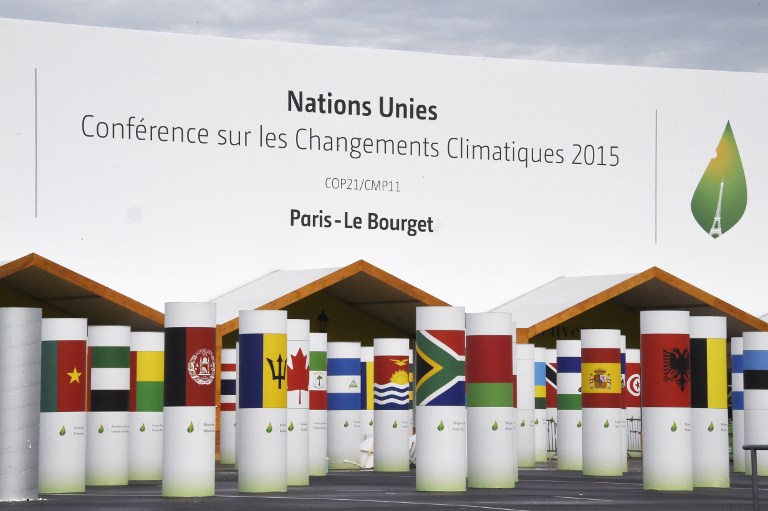

 Recently, tricycle drivers complained about a new requirement by the LTO to submit an NBI and police clearance in order to acquire a driver’s license.
Recently, tricycle drivers complained about a new requirement by the LTO to submit an NBI and police clearance in order to acquire a driver’s license. 
 Climate change is one of the core issues of our generation, cutting across demographics, cultures, gender, and religion. This weekend, thousands of people from all walks of life will be marching to the streets, in cities across the globe to urge world leaders to take serious action on climate change.
Climate change is one of the core issues of our generation, cutting across demographics, cultures, gender, and religion. This weekend, thousands of people from all walks of life will be marching to the streets, in cities across the globe to urge world leaders to take serious action on climate change.
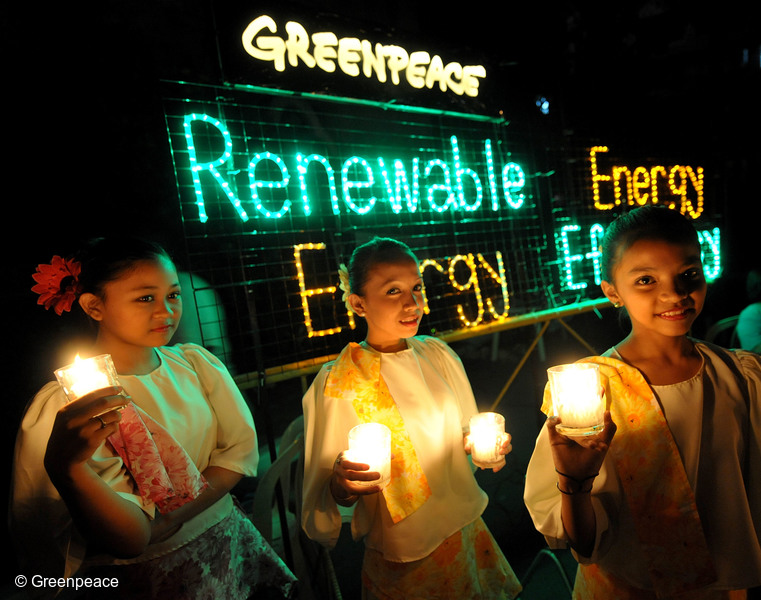

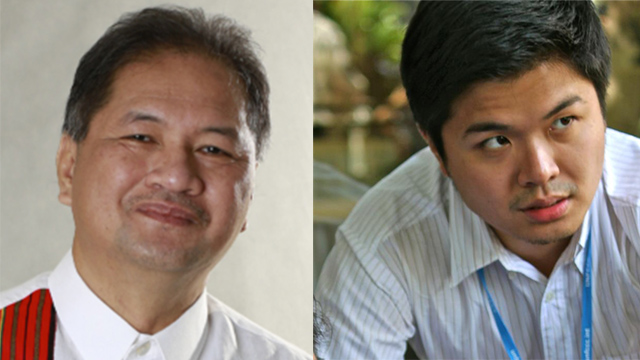 How does coal fit into the country’s energy and development equation? Our policy brief
How does coal fit into the country’s energy and development equation? Our policy brief 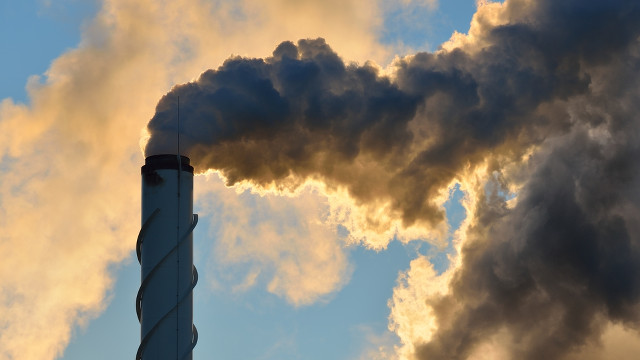
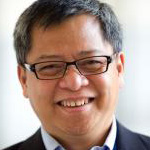 The hoopla over Digong Duterte’s
The hoopla over Digong Duterte’s 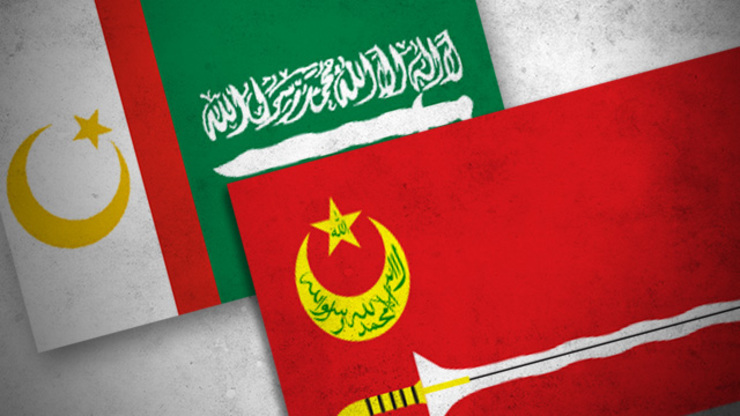
 “
“









